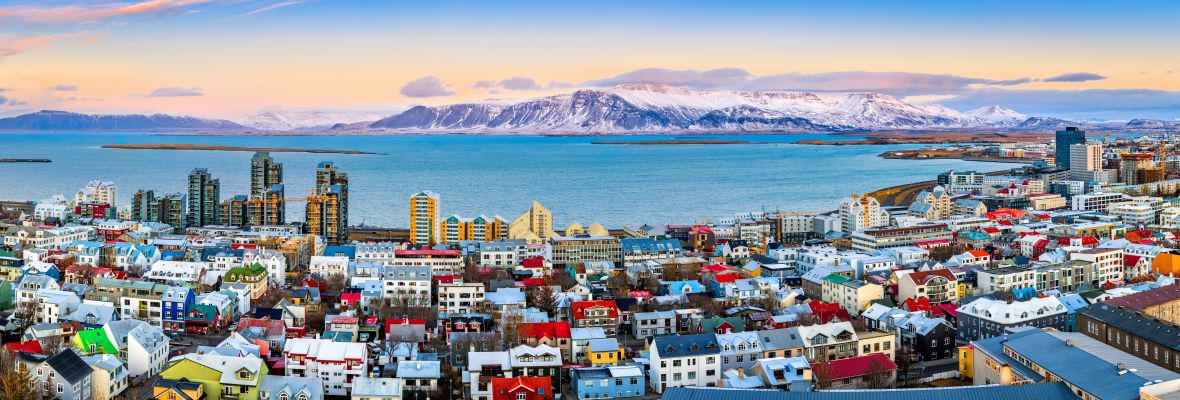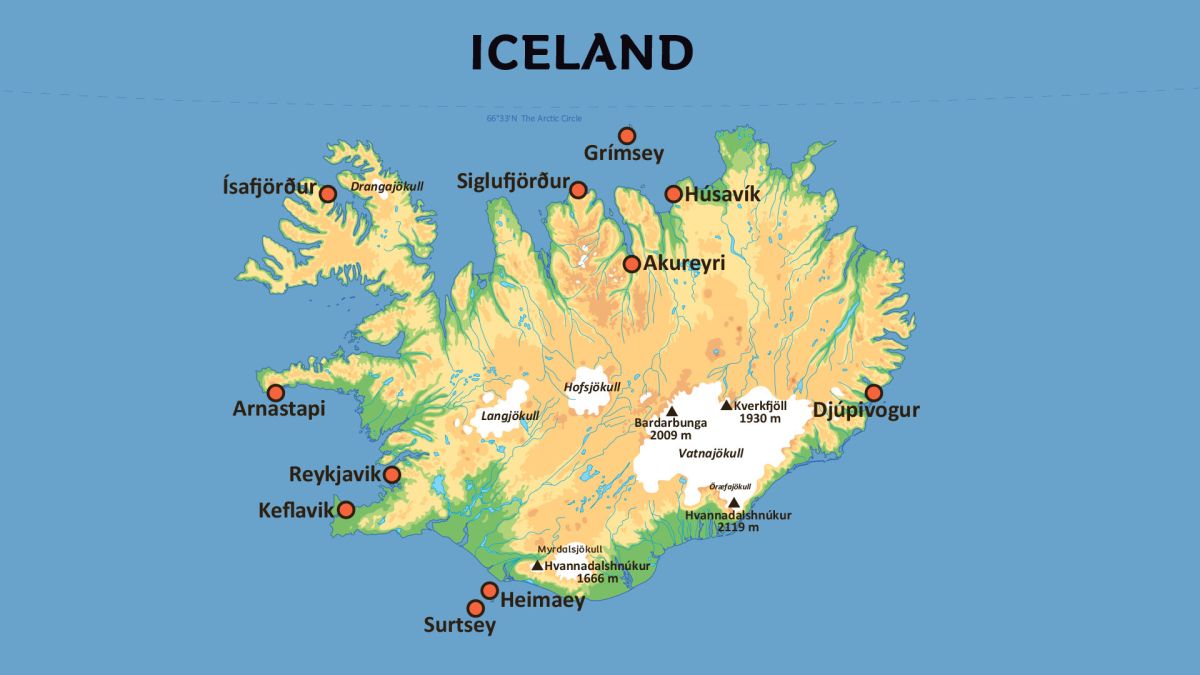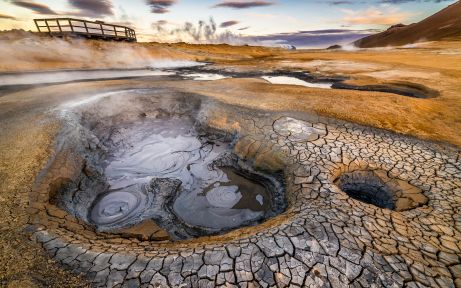Exciting changes are on the way!
As part of our merger with Polar Latitudes, we’re refreshing key elements of our website to reflect this new chapter. Discover more in our latest news update.
Iceland is a land of stark contrasts, shaped by both volcanoes and glaciers Iceland has some of the most unique geological features in the world. Covering an area of 102,775 square kilometres, it holds the title of the largest volcanic island on the planet.
Where is Iceland?
Iceland is located where the North Atlantic Ocean meets the Arctic Ocean, sitting directly on top of the Mid-Atlantic Ridge, the only part of this massive underwater mountain range that rises above sea level. This means Iceland is split between two tectonic plates: the Eurasian and North American plates. These plates are constantly shifting apart, which leads to frequent volcanic activity. One of the best places to see this geological drama in action is Þingvellir National Park, where visitors can literally walk between two continents, making it one of the most geologically significant sites in the world.
Facts about Geography
- Arctic
- Iceland







